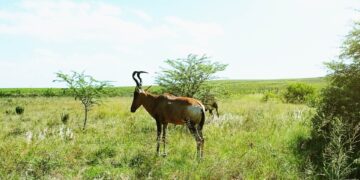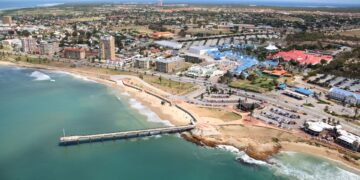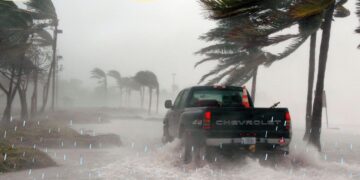According to the UN’s World Meteorological Organization (WMO), Cyclone Freddy is set to become the longest-lasting tropical cyclone on record.

By: Keliah Daniels
On Tuesday the death toll from Cyclone Freddy’s second coming to Madagascar climbed to eight.
ALSO READ: SEE: Southern right whale surfaces off Camps Bay [PICS]
Authorities say the storm strengthened while moving towards Mozambique.
FREDDY WILL BECOME LONGEST-LASTING TROPICAL CYCLONE
According to the UN’s World Meteorological Organization (WMO), Cyclone Freddy is set to become the longest-lasting tropical cyclone on record. Freddy began in northwestern Australia in the first week of February.
Meteorologists described the cyclone’s route as a “rare” loop trajectory, which is a phenomenon that was last recorded in 1998.
ALSO READ: Harvest FULL MOON March 2023: When and where to see it
MORE THAN 40 000 PEOPLE AFFECTED
Madagascar’s government announced that more than 40 000 people have been affected by the cyclone. Over 14 000 were displaced since the storm returned.
In total, at least 15 people have died in Madagascar since Freddy struck the first time in late February. The government said on Tuesday that one person remains missing and more than 1 000 homes have been destroyed.
ALSO READ: Newspaper front pages from around the world, 8 March 2023

FREDDY DISCOVERED IN MOZAMBIQUE ON TUESDAY
On Tuesday afternoon, the cyclone was located in the Mozambique Channel. This is about 250 kilometres northwest of the coastal city of Toliara. The storm strengthened but moved away from the Indian Ocean island towards Mozambique.
It is expected to make a return later this week.
ALSO READ: Strong earthquakes and cyclones hits Vanuatu
According to the UN, at least 10 people were killed during Freddy’s first visit to Madagascar.
Freddy “does appear to be a new record holder for ‘longest-lasting’ recorded tropical cyclone.” said the WMO’s Weather and Climate Extremes rapporteur Professor Randall Cerveny on Tuesday. He added that they are continuing to monitor the situation.
Madagascar is typically struck several times during the annual November-April storm season.




































































